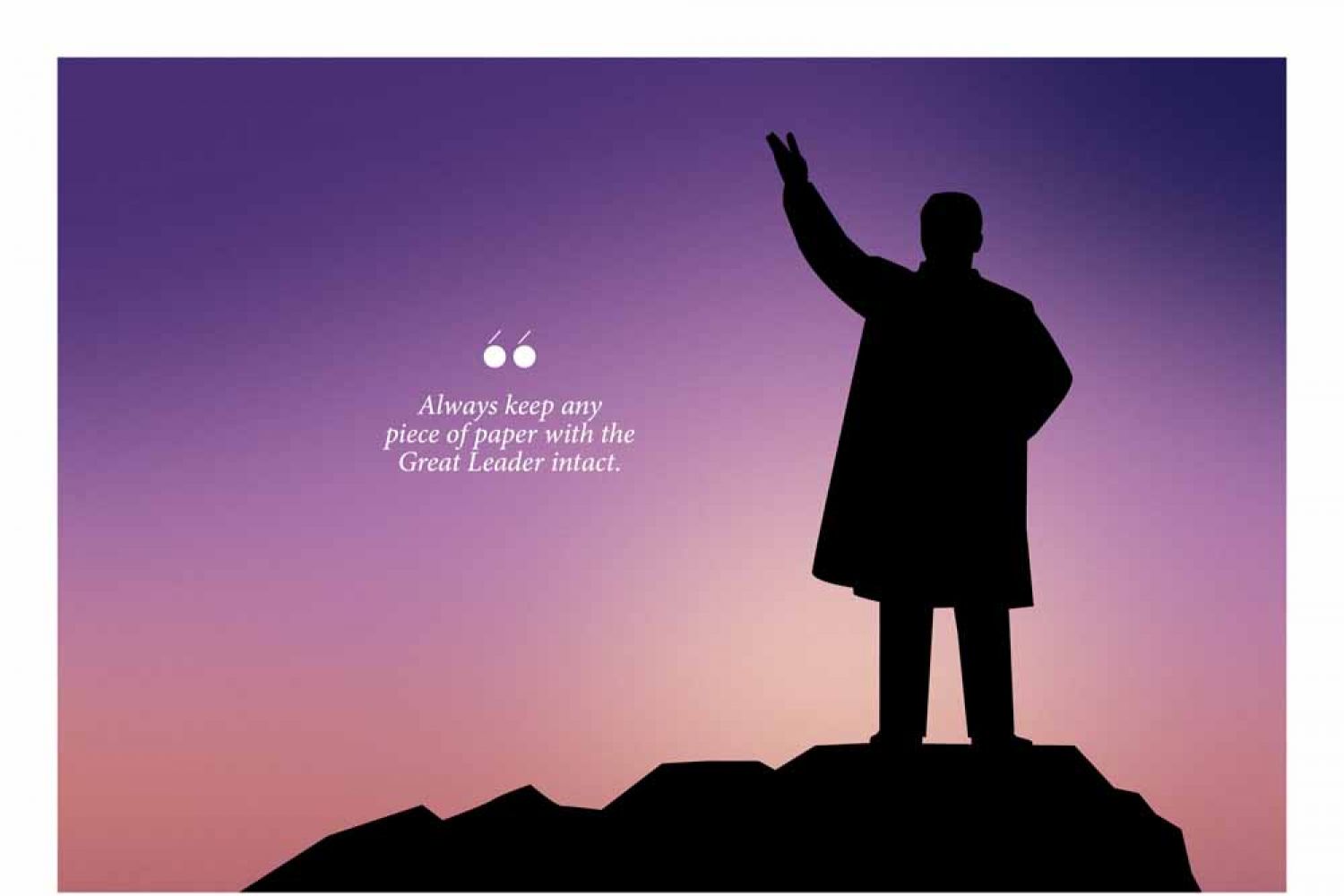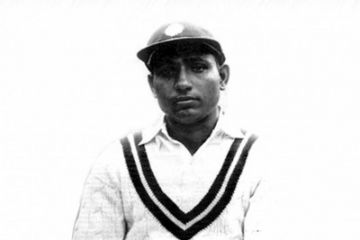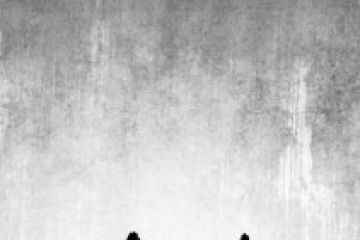
Ihave been
to the Democratic People’s Republic of Korea, or North Korea. I am not sure
there are a lot of people who can say so and I might have pissed off a few
people just by saying this, as I am sure I will the few North Koreans with
access to Internet who probably will read this sometime. And oh, it wasn’t easy
or cheap but it was, I say with pride, worth it.
I
n Beijing,
the day before departure the entire lot of tourists had read the rules and
signed on the dotted l
Continue reading “Dear Leader will be watching you”
Read this story with a subscription.





